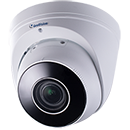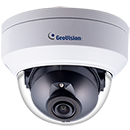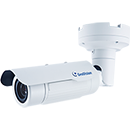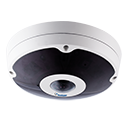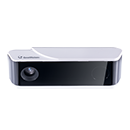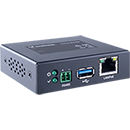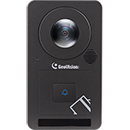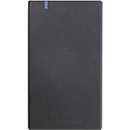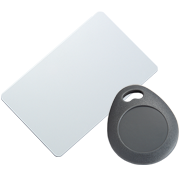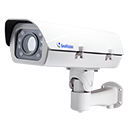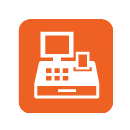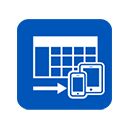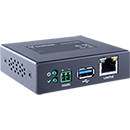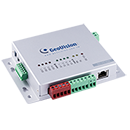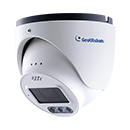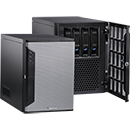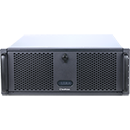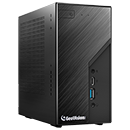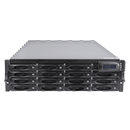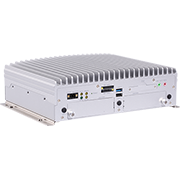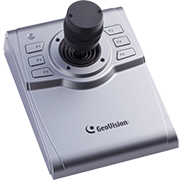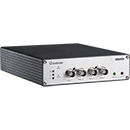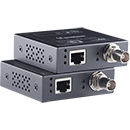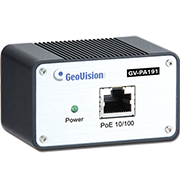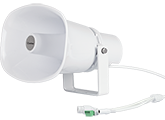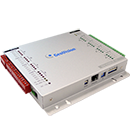
The sudden spread of COVID-19 has brought in several solutions to the market. Although many of them are not entirely new, their narrow application makes it a rarely sought category. But now that there is an urgent need, many customers are not fully aware of the best practices to select and use them.
Customers should study the process carefully, so the solution does not become a problem itself. While automation is good, some solutions require a user to touch common areas, such as entering particulars on a touchscreen or keypads, which is certainly not ideal. Customers should also look out for accuracy of temperature measuring devices as some sensors were not meant for measuring humans or lacked calibration for the purpose.

What we can do to help social distancing in shops? keeping the instore customer count within a threshold at all time is another practical way. GeoVision’s Crowd Control solution is able to automatically identify the number of instore shoppers in real-time and limit the number of people entering by an indication.
Temperature monitors
The accuracy of the measurement is decisive for fever detection. The more precise the measured temperature is, the fewer people are falsely detected.
As the cameras are used in highly frequented locations, measurement speed is another significant factor, as delays can have a critical impact on the entire processes such as airport check-ins. User-friendliness and integrability are additional factors.
Many experts echo similar thoughts on the importance of camera calibration accuracy and the screening process.
Make sure cameras do not have industrial-grade calibrations (+/-2°C). Compensation should be made for ambient temperature and subject group characteristics, such as activity level and time of day. Also circadian cycle effects cause human body temperature to vary +/-0.5°C over a day.
Customers use their handheld, tripod-mounted, or fixed-mounted cameras non-contact screening tools to detect differences in skin surface temperatures and temperature pattern changes.
As people walk by the camera, the camera can not only ‘see’ or detect these temperature differences, but radiometric cameras can provide a temperature measurement between -20 C to +2000 C (-4 F to +3632 F). Camera operators look for temperature anomalies, and if they notice a higher temperature or abnormally high thermal reading, the operator could request to screen that person further using other medical screening techniques.
In addition to thermal cameras, non-contact thermometers are primarily used in a handheld fashion. The operator of the non-contact device will point the device at a recommended distance of 5 to 15 CM (1.9 in. to 5.9 in.) and be able to measure temperatures from 32 to 42.5 °C (89.6 to 108.5°F).
Incident response
Organizations need to know about the locations and the wellbeing of their people, and especially all those working abroad or in countries where virus outbreak is severe. When security managers have this accurate data, combined with the ability to communicate context-specific messages to both individuals and groups directly, they can contribute towards a more accurate assessment of risks by their organizations, and they can help to initiate better responses.
In evaluating the best technology to achieve this, look at the proven capabilities. If organizations need to manage quarantines, as the University of Sydney did, how can they communicate rapidly and regularly with all those impacted, such as those who may need to relocate? How can they remind people about new restrictions or identify those who need medical care, urgent assistance, or advice? How can they help those who are self-isolating to minimize physical contact with others?
Another factor to consider in evaluating solutions is the speed of deployment. This is a fast-developing situation, and being able to adapt and improve operations quickly is vital. Some solutions can be implemented in under a week and deliver instant capabilities, allowing organizations to communicate with their people and to co-ordinate their responses more efficiently.
Source: a&s Magazine
